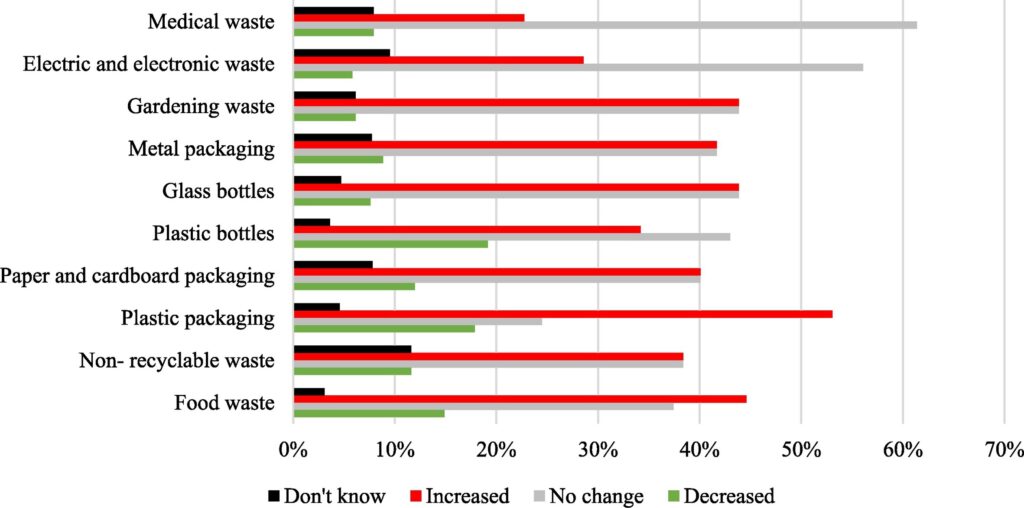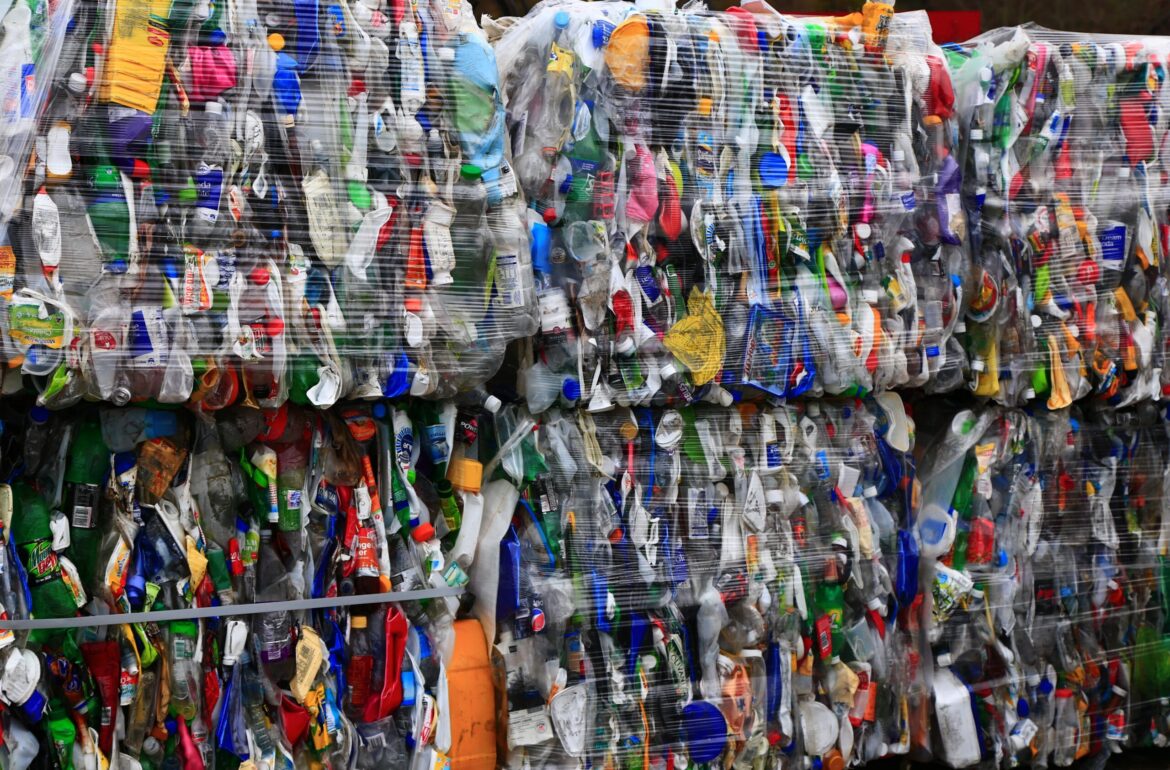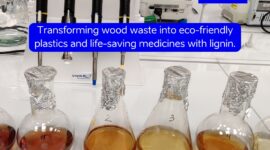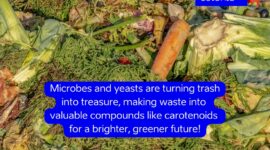As shops and restaurants were closed due to the coronavirus pandemic, food deliveries have increased from March 2020. Consumers also preferred packaged or frozen products more than before. This means that there was a sharp rise in plastic waste in the world, writes an international group of researchers.
“During the crisis, people started buying more packaged and/or frozen food with a longer shelf life, which led to an increase in the amount of biowaste and packaging,” say senior lecturer at Tallinn University of Technology, Viktoria Voronova, and assistant Marija Klõga.
Together with their international colleagues, they asked people from 23 countries how their consumption habits changed during the COVID-19 pandemic. A total of 204 people provided answers about their consumption levels, waste generation and waste management in the conditions of the pandemic.
The triumph of frozen food
“Our survey found that packaged and frozen food was consumed the most,” pointed out Viktoria Voronova and Marija Klõga. It also turned out that people bought more food from shops and restaurants than before, but often had it delivered to their homes. “According to our survey, 45–48 per cent of respondents started buying more packaged and fresh food, and used a food delivery service.”
By comparison, according to Voronova and Klõga, market research also shows that in March 2020, packaged food purchases increased by 33–70 per cent in European countries, and by 10–77 per cent in US states compared to 2019. “A similar trend was observed in the frozen food sector,” they note. Demand for frozen food rose most in the United States and England, where it increased by 92.7 per cent and 84.4 per cent, respectively.

“According to the respondents, the consumption of packaged and frozen products has also increased in Estonia,” say the researchers. Therefore, more packaging and biowaste was generated in Estonia than before, which the respondents primarily explained by the longer time spent at home.
Although Voronova, Klõga and their colleagues did not separately assess the amount of disposable masks and other personal protective equipment in the rubbish, they noticed an increase in their proportion. As of March 2020, there was about 25 per cent more medical waste among garbage than a year earlier.
What can be learnt from this?
“I think it is necessary to improve cooperation between municipalities and residents,” says Viktoria Voronova. According to her and Marija Klõga, local governments could be better prepared to manage waste in a crisis situation.
However, preparedness alone is not enough. Local governments must also find a way to bring information about changes in waste management legislation to the population. “More efficient management of municipal waste and direct communication with people would certainly increase their environmental awareness of waste prevention possibilities,” say the researchers.
Many trading companies have also been closed and tourism has been almost non-existent. As no waste has been added from these sectors, Voronova and Klõga point out that attention may deviate from municipal waste management. “It is therefore important to identify best practices and analyse key success factors in order to increase the capacity of waste management systems to respond to crises.” However, alongside the best examples, municipalities should also figure out how to generate less waste overall, or recycle the already existing waste more efficiently.
According to Voronova and Klõga, however, the packaging of products as such has not changed much during the corona crisis. It is also not enough to reduce packaging on the level of a single consumer or municipality, but producers of packaging material, production companies using this material, end consumers as well as municipalities and waste management companies involved in the packaging cycle must be involved. “Their collaboration will certainly help to develop new biodegradable materials that have a smaller ecological footprint than conventional plastic materials and will facilitate the circulation of packaging,” note the researchers.
Viktoria Voronova and Marija Klõga write about consumption during the corona crisis in the journal Science of The Total Environment.
The translation of this article from Estonian Public Broadcasting science news portal Novaator was funded by the European Regional Development Fund through Estonian Research Council.
 Back
Back



